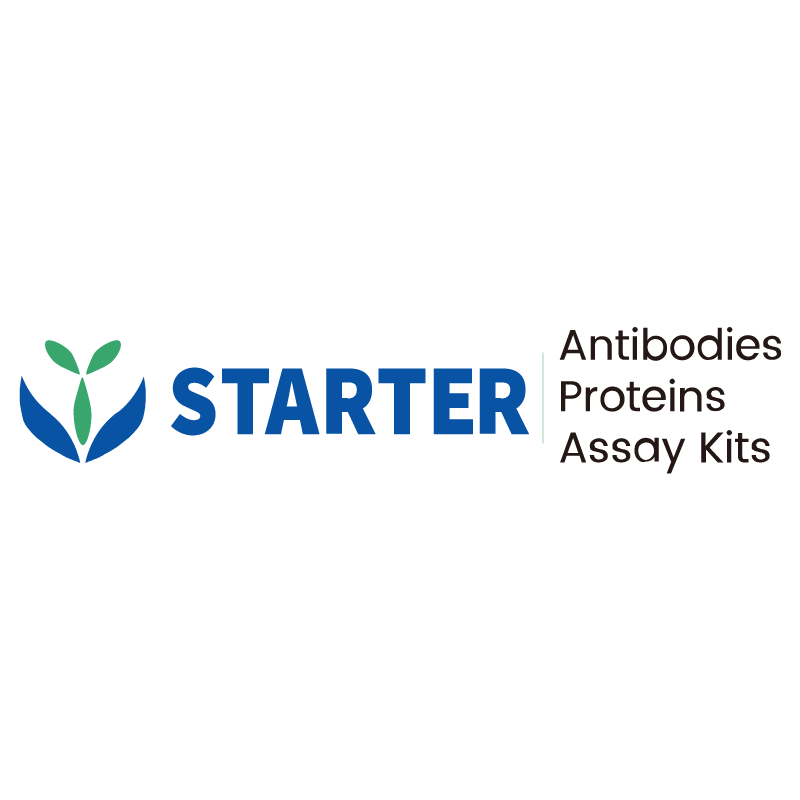Product Details
Product Details
Product Specification
| Host | Armenian hamster |
| Synonyms | CD40 ligand, CD40-L, T-cell antigen Gp39, TNF-related activation protein (TRAP), Tumor necrosis factor ligand superfamily member 5, CD154, Cd40lg, Cd40l, Tnfsf5 |
| Accession | P27548 |
| Clone Number | MR-1 |
| Antibody Type | Armenian hamster mAb |
| Isotype | Armenian Hamster IgG1 |
| Application | ELISA, in vivo blocking of CD40/CD40L signaling, in vitro blocking of CD40/CD40L signaling |
| Reactivity | Ms |
| Purification | Protein G |
| Concentration | 5 mg/ml |
| Purity | >95% Determined by SDS-PAGE |
| Endotoxin | <2EU/mg |
| Conjugation | Unconjugated |
| Physical Appearance | Liquid |
| Storage Buffer | PBS pH7.4, containing no preservative |
| Stability & Storage |
2 to 8 °C for 2 weeks under sterile conditions; -20 °C for 3 months under sterile conditions; -80 °C for 24 months under sterile conditions.
Please avoid repeated freeze-thaw cycles.
|
Background
CD40L, also known as gp39, tumor necrosis factor-related activation protein (TRAP), or T cell-B cell activating molecule (T-BAM), is a 33-kDa type II transmembrane glycoprotein consisting of 266 amino acids. It has a 214-amino acid extracellular domain that shares a high degree of homology with tumor necrosis factor (TNF) at the amino acid level. The primary function of CD40L is to participate in immune responses by binding to CD40, a molecule widely expressed on immune cells. The CD40-CD40L interaction activates various signaling pathways, regulating a broad range of cellular responses, including proliferation, differentiation, and cell death. Additionally, CD40L expression is typically inducible and primarily found on activated CD4+ T lymphocytes, with partial expression on activated CD8+ T cells, basophils, mast cells, and NK cells.


